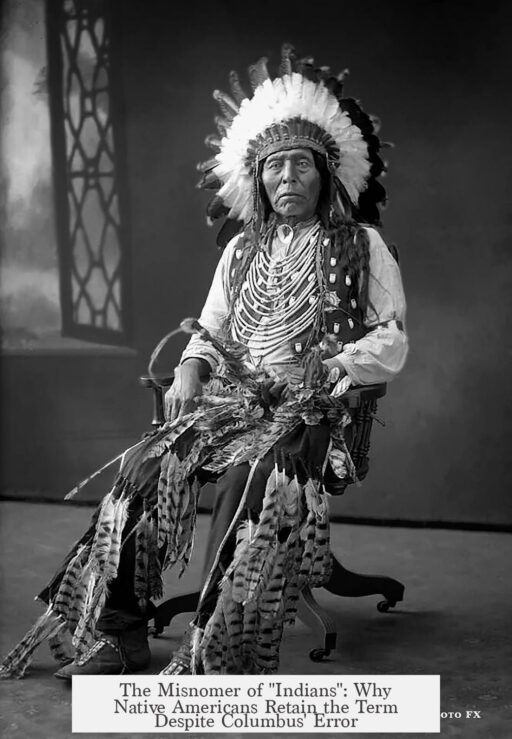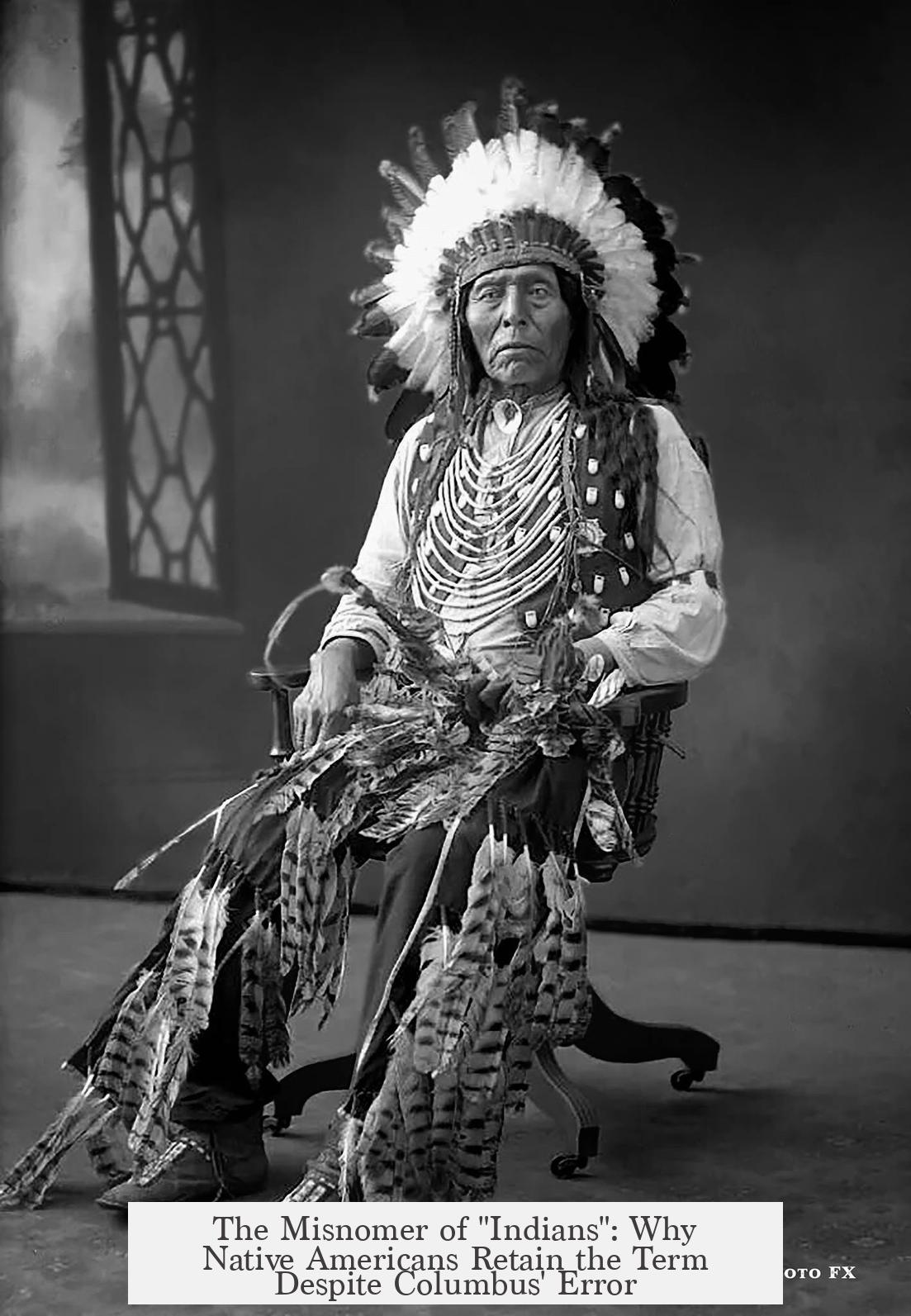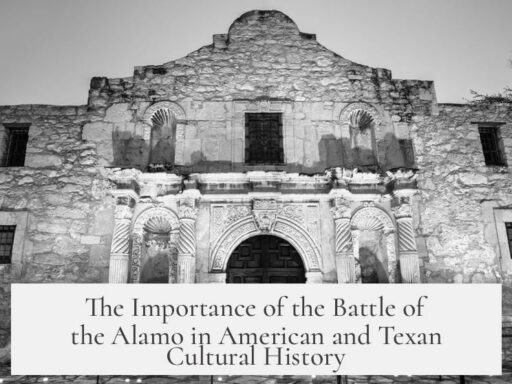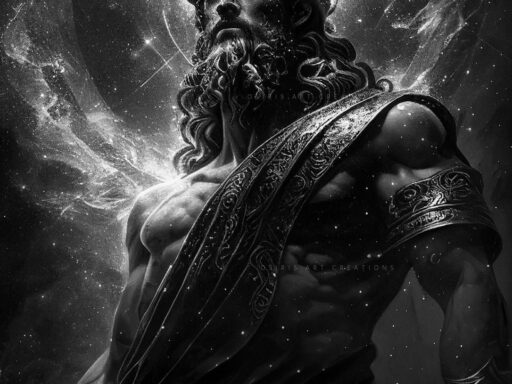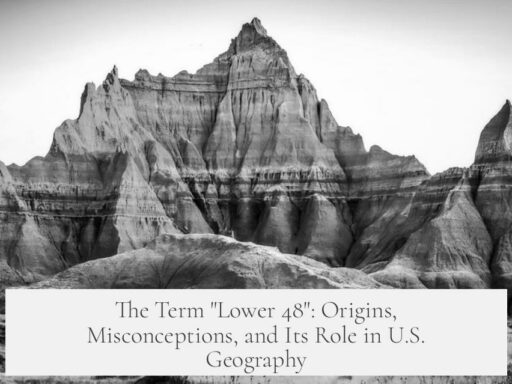Native Americans are called “Indians” because Christopher Columbus mistakenly believed he had reached India or the “Indies” when he arrived in the Americas in 1492. Despite being proven wrong, this term persisted due to historical, linguistic, and political reasons that embedded the name deeply into European and American usage.
Columbus set sail to find a western route to Asia, specifically the lands known then as India or the “Indies,” which Europeans used as a generic term for exotic territories in Asia. When Columbus landed in the Caribbean, he thought he had reached the outskirts of Asia, broadly understood at the time as the Indies. Thus, he called the inhabitants “Indians.”
This confusion arose from the European worldview during the Age of Exploration. The term “India” or “Indies” was not a precise geographical label but rather a catch-all for distant, exotic eastern lands. For example, “Indonesia” literally means “Indian islands” in Greek, though it is geographically separate from India. Europeans also used “West Indies” for the Caribbean islands they encountered, contrasting them with the “East Indies,” an area encompassing parts of Southeast Asia and Oceania.
Historical naming conventions reinforced this terminology. The Spanish Crown officially named their American territories as “the Indias,” reflecting the colonial administration’s belief that these lands were part of the Indies. Monarchs held titles such as “Lord of the Indias” and “King of the East and West Indies,” which solidified “Indio” (Indian) as a name for the native peoples. This colonial title usage was widely adopted by other European powers, embedding “Indian” into legal and common language across the Americas.
Over time, despite geographical corrections proving that the Americas were separate continents, the term “Indians” endured. Language inertia played a role: once a word becomes entrenched, it becomes difficult to replace. For instance, many animals and objects retain misleading names derived from historic misconceptions, such as the “turkey” bird, which does not originate from Turkey.
The persistence of “Indian” is also attributable to social familiarity. People grow accustomed to certain terms, and changing them requires concerted effort and social consensus, which is often lacking. Hence, even after the true nature of the continents was understood, Native Americans continued to be called Indians in legal documents, literature, and everyday speech.
Native American communities themselves have varied in their acceptance of the term. Older generations and official U.S. legal language often still use “American Indian.” One reason this term remains is that it traditionally excludes indigenous peoples of Alaska and Hawaii, distinguishing them from mainland indigenous groups.
Since the 1970s, alternatives like “Native American” and “Indigenous peoples of the Americas” have gained popularity to address the inaccuracies and baggage associated with “Indians.” “Native American” theoretically refers to anyone born in the Americas but is more respectful and less tied to colonial error. However, it can be ambiguous. “Indigenous peoples” is more precise but cumbersome for everyday use.
The discussion about appropriate terminology continues today. It reflects a broader dialogue on identity, respect, and historical accuracy. The term “Indian” remains in use, especially legally and culturally, but is increasingly contested or supplemented with terms that better acknowledge indigenous histories and identities.
| Reason for Continuing Use | Details |
|---|---|
| Historical misconception | Columbus thought he reached India, naming natives “Indians” mistakenly. |
| Generic term for exotic lands | “India” and “Indies” covered vast unknown regions, including the Americas initially. |
| Colonial naming | Spanish and European monarchs used “Indias” for American territories officially. |
| Language inertia | Common terms are resistant to change despite errors. |
| Legal and cultural usage | “American Indian” remains official in U.S. law. |
| Social familiarity | Communities continue using terms they know and identify with. |
In conclusion, the label “Indian” for Native Americans stems from Columbus’s geographic mistake and broad European naming customs. It became entrenched politically and culturally, making it a persistent, if inaccurate, identifier even after corrected knowledge arose. Efforts to adopt more accurate and respectful terms continue to evolve.
- The name “Indian” originated from Columbus’s belief he had reached India or the Indies.
- “Indies” was a broad term for exotic eastern lands, encompassing Asia and the Pacific regions.
- Spanish colonial titles reinforced the use of “Indians” for native peoples in America.
- Common language use and legal terms resisted change despite geographic corrections.
- “Native American” and “Indigenous peoples” are modern alternatives gaining acceptance.
- Terminology remains a topic of cultural and political debate today.
Why did Europeans keep calling Native Americans “Indians” after knowing Columbus was mistaken?
The term “Indians” was deeply established by the time the mistake was known. The Spanish named their American territories “the Indias,” and this political usage spread. Common terms are hard to change once widely used.
How did Spanish colonial titles influence the naming of Native Americans as “Indians”?
Spanish royalty used titles like “Lord of the Indias” for American lands. Because of this, natives were called “Indios,” which Europeans translated as “Indians.” This naming stuck and was copied by others.
Was the term “India” in the 15th century used only for the modern country India?
No. “India” or “Indies” was a broad term for many exotic eastern lands. Europeans referred to various regions in Asia and beyond as Indies, which made the Americas seem like one more “India” in the west.
Why haven’t other terms replaced “Indians” completely to refer to Native Americans?
The word “Indians” remains in legal and everyday use, especially in the US. Alternative terms like “Native American” arose later, but “Indians” persists due to tradition, legal definitions, and older generations’ preference.
What is the most accurate term to refer to the original peoples of the Americas today?
“Indigenous peoples of the Americas” is the most precise term. It avoids confusion from “Indians” or “Native Americans,” as these can be ambiguous or based on historical mistakes.
